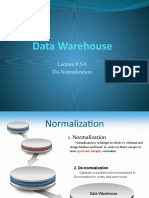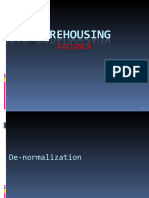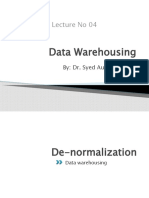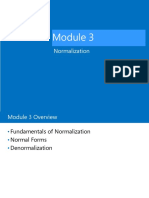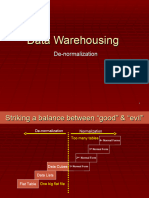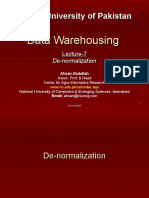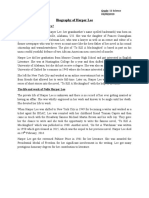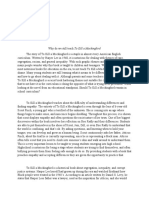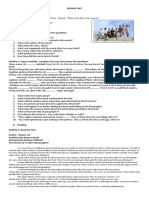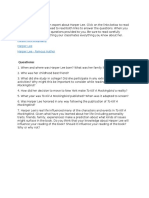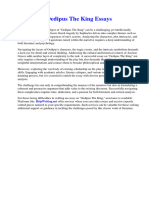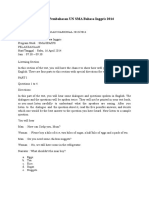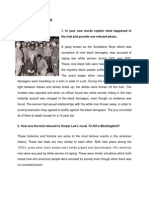Optimizing Database Management:
Check out this concept
trade
free
Normalization
and
Denormalization
Data Normalization vs Data
Denormalization
Data Normalization
What is it?
Normalization is the process of organizing data in a database to reduce
redundancy and improve data integrity. It involves splitting large tables into
smaller, related tables and linking them using relationships.
Example:
Imagine you run a library, and you have a database to keep track of books and
authors. Without normalization, your database might look like this:
BookID BookTitle AuthorName AuthorBirthdate
1 To Kill a Mockingbird Harper Lee 19260428
2 Go Set a Watchman Harper Lee 19260428
3 1984 George Orwell 19030625
In this unnormalized table, if you need to change the birthdate of Harper Lee,
you have to update multiple rows. This is redundant and error-prone.
After normalization, you might have two tables:
Books Table:
BookID BookTitle AuthorID
1 To Kill a Mockingbird 1
2 Go Set a Watchman 1
3 1984 2
Authors Table:
AuthorID AuthorName AuthorBirthdate
1 Harper Lee 19260428
2 George Orwell 19030625
Advantages:
Data Normalization vs Data Denormalization 1
Reduces data redundancy.
Ensures data consistency and integrity.
Easier to update and maintain data.
Disadvantages:
More complex queries involving joins.
Can lead to performance issues with very large datasets and complex joins.
Data Denormalization
What is it?
Denormalization is the process of combining normalized tables into larger
tables to improve read performance. It involves introducing redundancy to
speed up data retrieval.
Example:
Using the same library example, a denormalized version of your database might
look like the initial unnormalized table:
BookID BookTitle AuthorName AuthorBirthdate
1 To Kill a Mockingbird Harper Lee 19260428
2 Go Set a Watchman Harper Lee 19260428
3 1984 George Orwell 19030625
Advantages:
Faster read operations since all relevant data is in a single table.
Simpler queries without the need for joins.
Disadvantages:
Increased data redundancy, leading to potential inconsistency.
More storage space needed.
More complex and error-prone updates.
Scenario
Imagine you are managing an online store with thousands of products and
categories.
Data Normalization vs Data Denormalization 2
Normalization You might have separate tables for products, categories,
and suppliers. This helps maintain clean data and makes it easier to
manage updates. If you need to change a supplier's contact information,
you only update it in one place.
Denormalization If your main focus is on quickly retrieving product
information for customers browsing the website, you might combine the
product and category data into a single table to speed up read operations.
This approach sacrifices some data integrity for performance.
In Summary
Normalization is about organizing data to minimize redundancy and ensure
consistency. It's like organizing your kitchen, putting all spices in one
drawer and utensils in another for easy maintenance and order.
Denormalization is about making data retrieval faster by combining tables,
even if it means having duplicate data. It's like having a frequently used set
of spices on the countertop for quick access while cooking, even if you
already have them in the drawer.
Both techniques have their place, and the choice depends on your specific
needs: whether you prioritize data integrity and maintenance (normalization) or
read performance (denormalization).
Data Normalization vs Data Denormalization 3





















